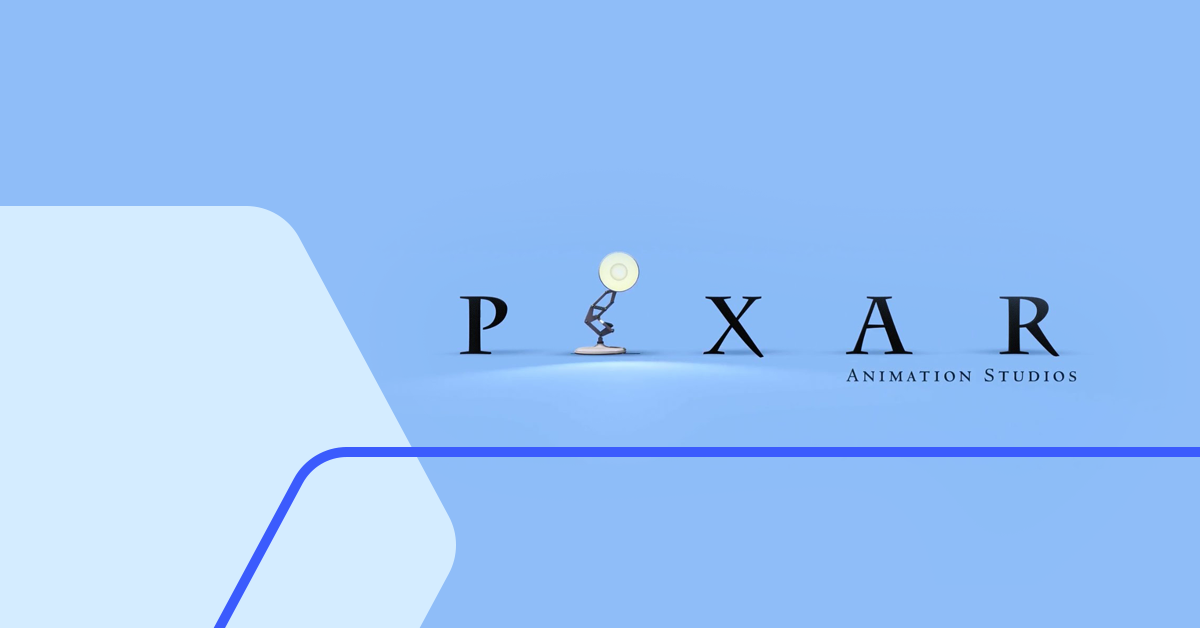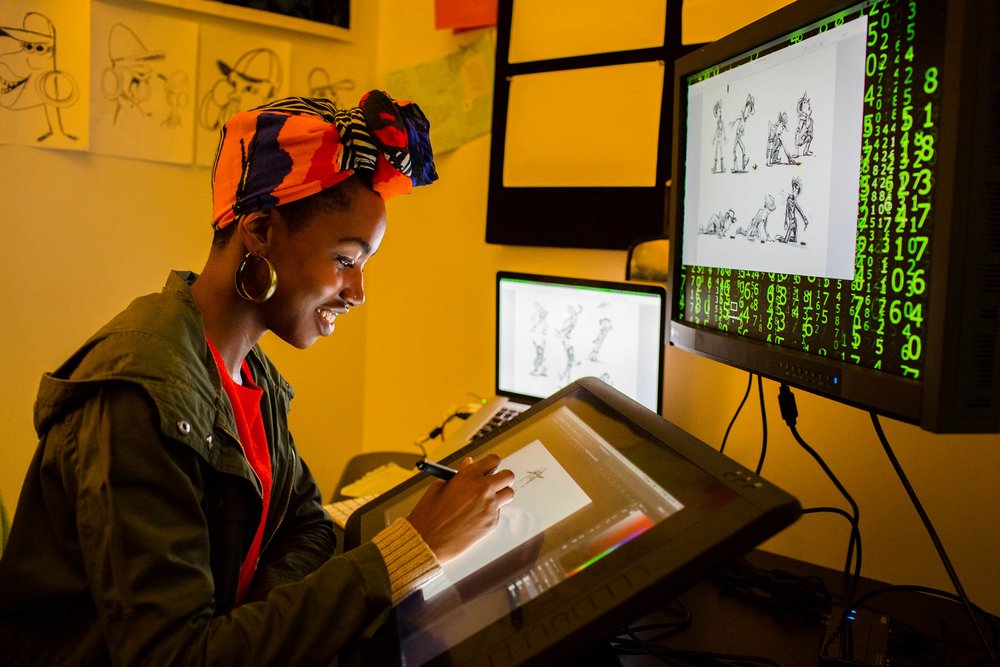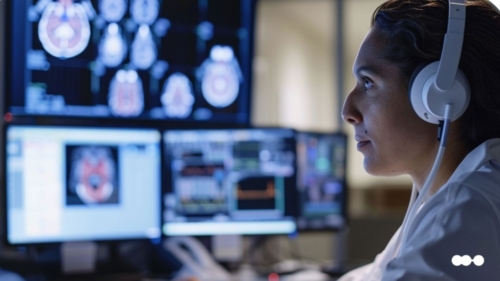ARTICLE SUMMARY
Would you like to know how Pixar always manages to create bright stories in such an outstanding way? Read this blog post and be amazed!

Whether or not you grew up watching “Monsters Inc.” and “Toy Story,” you’re probably familiar with Pixar and its stunning animations. The studio release one successful feature after another, touching entire generations with its creativity.
How do they manage to create bright stories from different universes in such an outstanding way? For starters, Pixar’s president and co-founder Edwin “Ed” Catmull built an amazing team over the years, and developed a culture in which people, diversity and creativity always come first. In other words, the team’s performance was already high. Secondly—and the key to introducing assertiveness and performance to an essentially creative and abstract environment—they successfully use lean practices.
Despite the fact that Lean was born in a manufacturing environment, it’s considered a philosophy that can be used by both product and service industries. Companies such as Amazon, Nike and Spotify use lean principles to add value to their customers and improve their processes—at Pixar, it isn’t any different.
Developing a lean creative process
Even though lean (a.k.a. a performance-driven philosophy) and creativity seem to run perpendicular, they can definitely meet halfway!
In Pixar’s case, can you imagine the development of animation from scratch without being precise? As a complex and long (in terms of time and single steps) process, it requires the participation of different teams, apart from a variety of phases until the final product is released.

Source: Pixar
Now, what if this process was done without clear organization and communication between teams? It would be messy, deliveries would probably be delayed and several types of waste, bottlenecks, and obstacles would get in the way every time a movie was made.
So what do they do to avoid these problems? They know that when applying Lean practices, this scenario shifts from complete chaos to a more precise and predictable operation. Lean ensures that their animations will always be produced in a coordinated way.
Subscribe here and learn more about Lean companies and tools:
Based on the idea of unhindered communication, Pixar has always had an open mind for a philosophy of improvements and value delivery to the customers—the spectators.
They believe in a culture where everyone in the company, regardless of their position, can feel free to express their opinions, provide feedback and share ideas. It’s an open space for creativity and authenticity. It’s a company that believes in its people.
That directly relates back to lean principles. It’s a philosophy that focuses on people and performance, so candidness and empathy are essential. It’s important for the collectivity to be an inherent characteristic of the lean organization. It’s not a top-down practice, but a method to be built and embraced by everyone. And that’s what Pixar does naturally.
Source: Pixar
Pixar’s goal is to go beyond simply releasing movies and short films; they deliver high standard, award-winning animated pictures. They produce stories about hidden worlds that have the power to touch the people who watch them. They can move us to the edge of our seats, make us cheer, and even make us cry. That is value.
In lean, value is a key concept. Everything one does must add value to customers—their perception of your product or service is what really matters.
“Value: Everything your customer is willing to pay for”
-Beginner’s Guide for Future Lean Experts
In order to organize their creative process and deliver more value to the audience, Pixar adopted the Kanban board—a visual lean tool that allows users to manage activities through every step in every process. In the studio’s case, Kanban is used to develop the initial idea until it’s finally animated. It’s a great way to predict processes that are usually unpredictable.
This method enables everyone to keep track of each new release, every step of the way. People know what their colleagues are doing, the phase they are in, and how their actions affect the process, which allows them to spot any kind of waste that might cause problems.
Multidisciplinary teams work together in order to deliver the best work possible, so this process of cooperation improves team morale and creates a cycle of continuous creativity.
Source: Pixar
Another key lean tool Pixar employs is the Andon System. It’s the idea that anyone in the company can stop the production line at any time if waste, bottlenecks or obstacles are spotted. In Pixar’s case, if something that might hurt the animation’s value is detected, the creative process is temporarily suspended to undergo analysis.
All of Pixar’s lean practices were implemented because they truly value their people and their customers. That’s the essence of lean thinking. And just like some movies are designed to have a sequel and keep the magic going, lean companies are shaped to continuously improve, so they constantly add value to their customers.
Everything Pixar does strives to bring joy to viewers. Their collaborative philosophy, their continuous creativity and their culture of candidness aim to remove every obstacle in order to consistently provide high value for their customers. They’ve never failed in this mission.
Their success proves that any company, whatever the industry and niche, can thrive by employing the lean philosophy. Why don’t you start your lean transformation today? Gather your team, choose your processes and let’s get hands-on!
To infinity and beyond, future lean manager!
Want to know more about lean practices? Read our Beginner’s Guide for Future Experts here and check out the Lean Hub—the digital headquarters of lean management.






